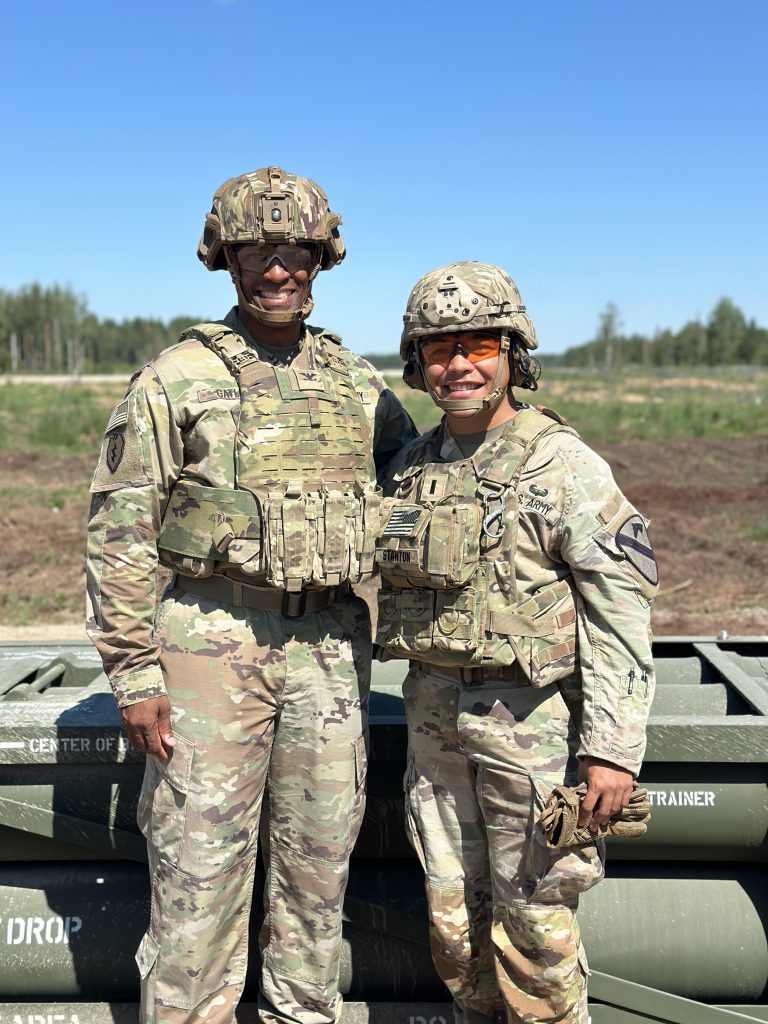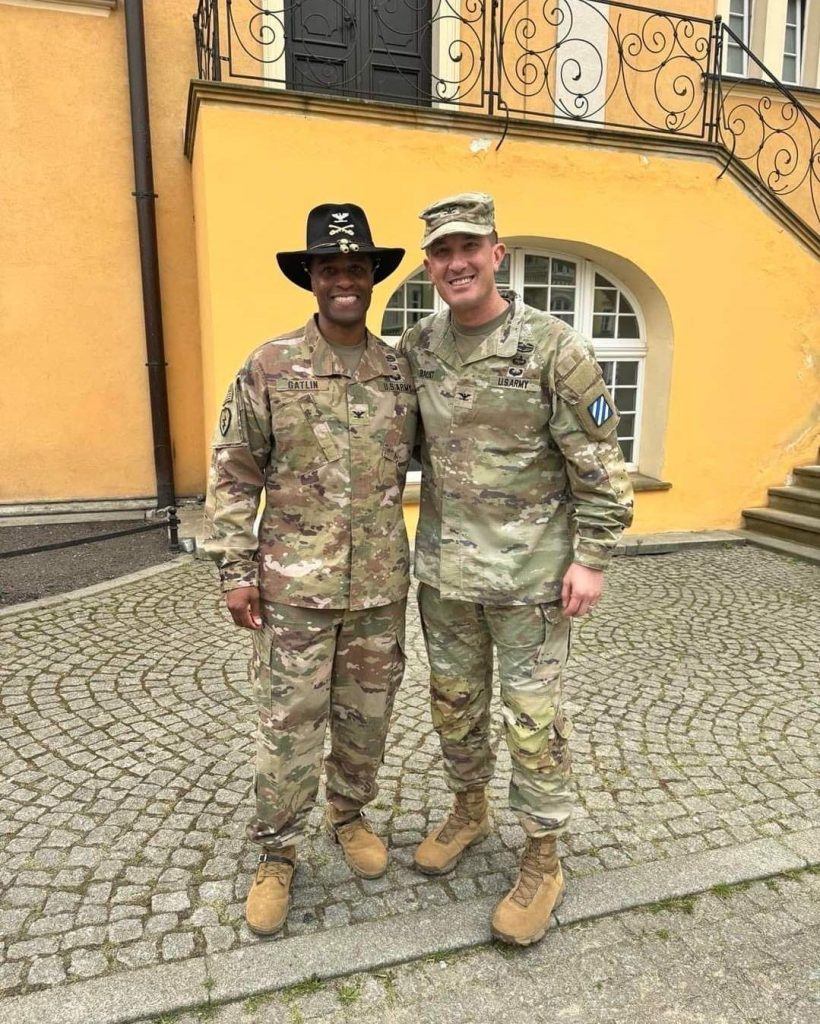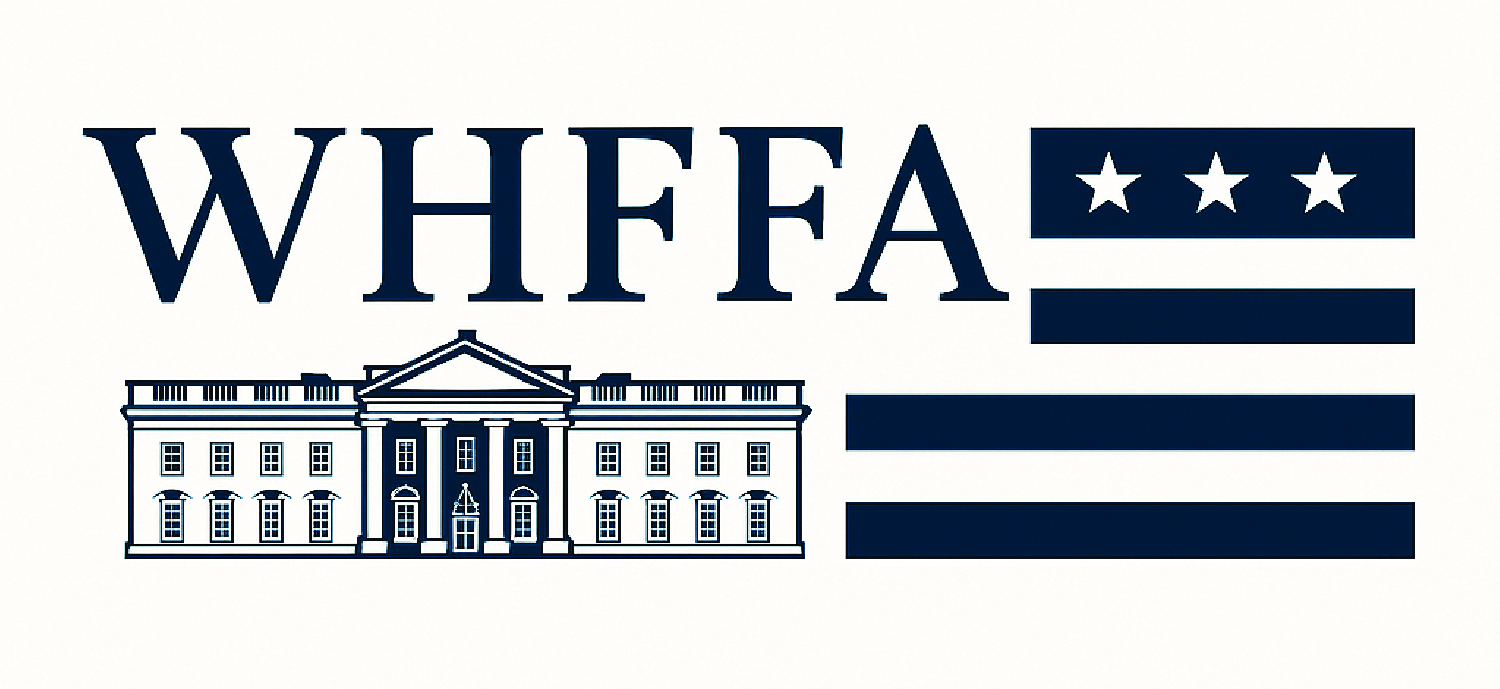WHF Profile: Tim Gatlin (2016-17)
Can you tell us about yourself and your work before the White House Fellowship?
I am a career U.S. Army Officer, Houston, TX native, West Point graduate, proud father of two wonderful daughters, and husband to a loving wife.
Immediately prior to the White House Fellowship, I served on the Headquarters Department of the Army Staff as a strategic planner for the Director of the Army’s Sexual Harassment and Assault Response and Prevention Program Office (SHARP). Earlier on in my career, I held a number of leadership positions at the tactical and operational levels to support the Army’s counterterrorism and counter-insurgency efforts in the Middle East.
How did you hear about the White House Fellows Program and what made you decide to apply?
My mentor, MG(R) Barrye Price (WHF c/o ’99) talked to me about the White House Fellows program very early on in my career. It is a program I followed for several years throughout my career before I decided to apply. I have two close friends, COL Archie Bates and Ms. Erica Jefferies who are also former fellows. I don’t think there was one singular event that led to my decision to apply for the fellowship. I think it happened over time as I took inventory of my body of work as a military professional and citizen—I felt like I could be of value to the program.
What goals were you hoping to achieve through the Fellows program?
I wanted to participate and learn more about the functioning of the government. I wanted to learn more about how senior military and policy officials analyze problems and advise country’s decision-makers. I also hoped to gain more insight into Civilian-Military relations.
Where were you placed and what was the focus of your work?
My White House Fellowship year was unique in that it spanned two different administrations, the Obama and Trump administrations. Under the Obama administration, I worked with the First Lady, Mrs. Michelle Obama, as a member of her Joining Forces policy team. Much of my work focused on identifying support for military families through public/private partnerships. Under the Trump administration, I worked with Ms. Dina Powell, who served as Assistant to the President on Economic Initiatives and National Security Advisor for Strategy. Much of my work focused on developing the underpinnings of the administration’s Workforce of the Future Initiative.
What was your fellowship class like?
I think my fellowship class was amazing. It was an incredibly talented collection of professionals who were also good people. They represented a diverse range of professional and personal backgrounds and perspectives that made for a dynamic experience. I really enjoyed spending time with them and getting to know them and their families over the year long experience.
What did you do immediately after the Fellowship?
Immediately following the Fellowship, I served as a commander for the 1-37th Field Artillery Battalion located on Joint Base Lewis-McChord, Washington. This was a two-year assignment, following which I was selected to attend the U.S. Army War College at Carlisle Barracks, PA.
What are you most proud of achieving since the fellowship?
I’m particularly proud of a few things. I successfully commanded the 1st Cavalry Division Artillery Brigade as it deployed in support of our partners and allies in Eastern Europe.
In 2021, I was inducted into the Hall of Honor of my alma mater, St. Thomas High School, which was founded in 1900 (youngest inductee to date).
What are you working on now?
At present, I work for the Vice Chief of Staff of the Army (VCSA), serving as the Director of the VCSA’s Strategic Initiatives Group.
Have you and your classmates remained close since your Fellowship year?
The friendships I developed during my fellowship year are still strong. I think we’ve done a wonderful job of staying in touch and sharing our accomplishments and life moments. These are bonds for life.







